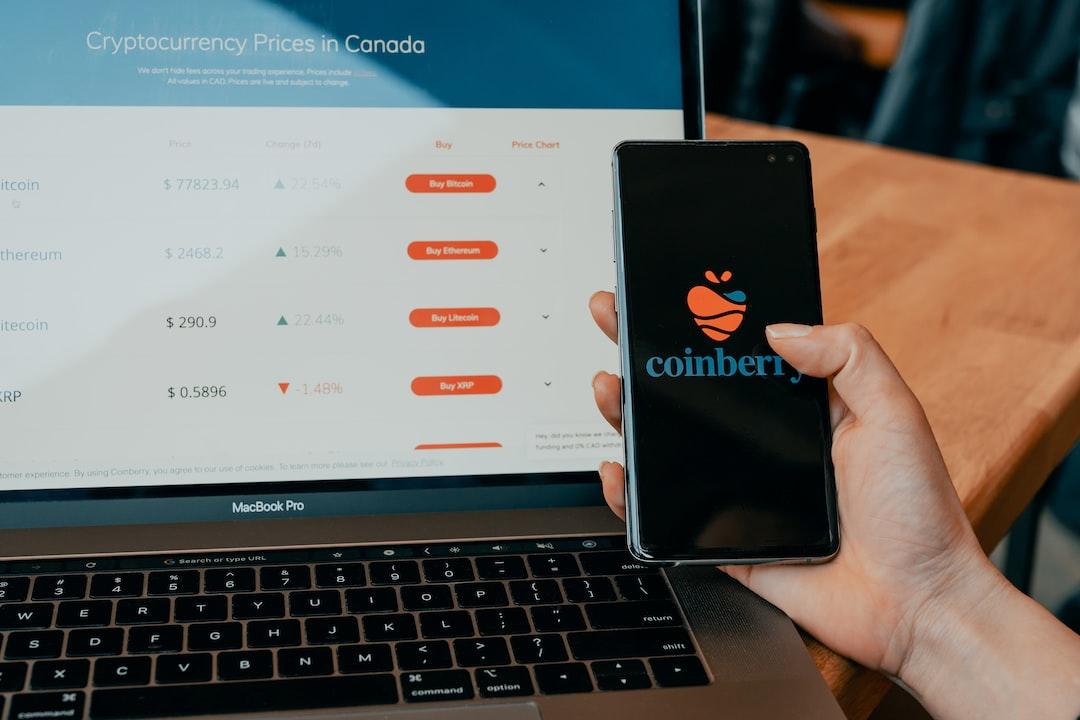Article Rewrite:
Title: The Three Essential Elements of Memecoins: Development Team, Snipers, and Whales
Introduction:
The topics of Memecoins, “conspiracy teams,” and whales have been under discussion for quite some time. To provide some background information, it is important to understand the three key elements that contribute to the success of meme tokens that are directly launched on decentralized exchanges (DEX) without any venture capital support.
Development Team:
The level of decentralization and organization within each development team varies. For instance, on pump.fun, there is only one person in the development team, with just a photo and a headline. On the other hand, teams like BONK are highly organized and consist of some of the smartest active traders on Solana. Both types of teams can perform well, but long-term success relies on the combination of the other two factors – snipers and whales.
Organized development teams have an advantage as they usually allocate budgets for marketing and future development, making these tokens more “useful” compared to Meme tokens from pump.fun. A good example is bonkbot, which other fully decentralized memes lack due to a lack of funding. Another example is MEW, which can airdrop a substantial supply to all BONK and WIF holders. These teams also have easier access to market makers and can easily get listed on exchanges.
On the other hand, fully decentralized teams typically start with low market capitalization due to a lack of funding from various sources. However, they excel in forming enthusiastic communities early on, as the cost of entry for early adopters is low, and the token supply is widely distributed. The best examples are WIF and MICHI, which have highly active communities and low market values during their initial launch. The risk with these tokens is that they are more likely to fail early on since all snipers want to exit quickly, without any whale players or teams interested in the project’s long-term development.
Snipers:
Snipers, in general, do not care about the project itself; they only aim to be the first ones to buy in and exit as soon as there is enough liquidity. Many projects without organized teams fail for this reason, as snipers sell off a significant number of tokens they acquired during the launch, causing the token price to plummet. A prime example is ETHWIF derivatives, which saw many wallets buying immediately after token release and selling at a six-figure profit within hours.
In the DEX space, 90% of projects do not exceed a market value of $5 million. This is because most development teams are anonymous and highly skilled at making quick profits. This is also why the narrative of CTO (Community Takeover) is popular, as developers often sell off immediately.
Whales:
Every project, from zero to billions in market value, will require whales at some point to boost the price. Meme coins typically form communities early on, and once the meme gains attention and goes viral, the market value surpasses $100 million. Once the market value stabilizes at or exceeds $100 million, larger whales enter the scene, taking advantage of the liquidity to establish significant positions. Additionally, early holders of these meme coins must be diamond hands, as they cannot sell after holding at such an early cost. These passionate holders within the community are crucial for the project’s success and everything else.
Conclusion:
Every token has a development team with varying levels of organization. Additionally, every token involves the participation of snipers and whales. For projects exceeding billions in market value, the skillful combination of these distinct elements is crucial, regardless of whether the participants are the same.
Original Article: Ansem, Crypto KOL
Original Translation: Felix, PANews
Link to Original Article: [Provide the original article link here]

